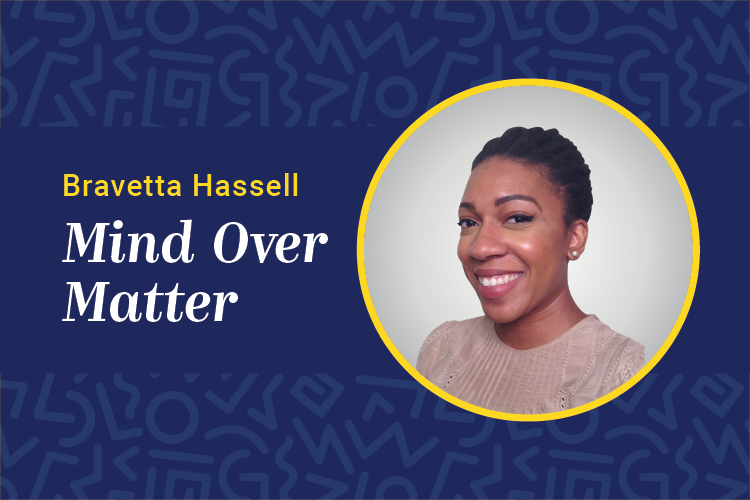
If the learning and development function was on a 400-meter run, its impact would barely make it down the first straightaway. For Gary Wise, a workforce capability architect at Human Performance Outfitters, LLC, in order for companies to sustain workforce capabilities, CLOs need to shift how they view and deliver learning and development. Essentially, the learning paradigm is good, but a performance paradigm is better.
Wise used a popular sentiment from famed automaker Henry Ford about what people would say if asked what they want — faster horses — as a comparison to how many organizations look at learning. Learning paradigms often promote this faster horse philosophy, but if asked stakeholders say they want faster training, and learning leaders have responded.
Learning organizations offer better, faster training in a number of ways including reducing the scope and duration of training. But both the requests and the responses are often made with the belief that learning drives performance, which Wise said is a myth; the only thing training drives is potential “because no sales are closed during a training event, no key accounts are saved, no leadership skills are applied in the workforce during a leadership development workshop.”
Performance and sustained workforce capability are often created at the point of need when employees are actually working. But Wise said this represents a mindset outside more traditional learning paradigms. Subsequently, it’s beyond the scope and charter for most learning organizations.
Whether it’s bite-sized, repackaged, presented in MOOCs, or on a mobile device, training is still training, he said. But the changing workforce and the equally adaptive behaviors associated with it, indicate a need for a shift in mindset around learning. For instance, millennials are increasingly taking on more roles and responsibilities in the workplace, and the way they learn and seek out information should give learning leaders an idea where their development strategy should be headed.
“ ‘Give me the tools and resources to execute the job once you’ve told me what the job is,’ ” Wise said of millennials’ learning preferences, which reflect having grown up in an age when most any information is just an online search away.
Self-service learning preferences don’t threaten training, however. Wise said the need for learning will never go away. But in a performance paradigm, training will be different. A performance mindset will have to reshape what happens during training as well as reshape the discovery happening outside of training; it will require some performance consulting skills. Wise said that where training’s power stops at a learner’s first two moments of need—new and more—developing, designing and delivering learning and development in a performance paradigm includes all five moments. This is important because the latter three moments — apply, change and solve — occur post training and at the point of work, he explained.
To begin broadening the learning department’s impact on the business, CLOs can take a benchmarking approach to determine the current state of their performance and learning ecosystem — every company has one. They can identify opportunities to increase learning impact at the point of work where business value is generated. That means looking at the content currently used to educate, and the content employees require to do their jobs. Learning leaders also should look at the workflows that have to be executed in order to create value.
Approaching learning and development in a performance paradigm also means that learning leaders will need to review their discovery methodology. When a training request comes in, the next step is typically to conduct a training needs assessment. “That needs to be preempted with a performance assessment to identify the final three moments of need,” he said.
The performance paradigm employs a holistic approach to look critically at an organization’s learning and performance ecosystem in order to reduce the time to impact, not the time to competency. “When you get right down to it, the results manifest at the point of work,” Wise said.
Bravetta Hassell is a Chief Learning Officer associate editor. Comment below, or email editor@clomedia.com.
















